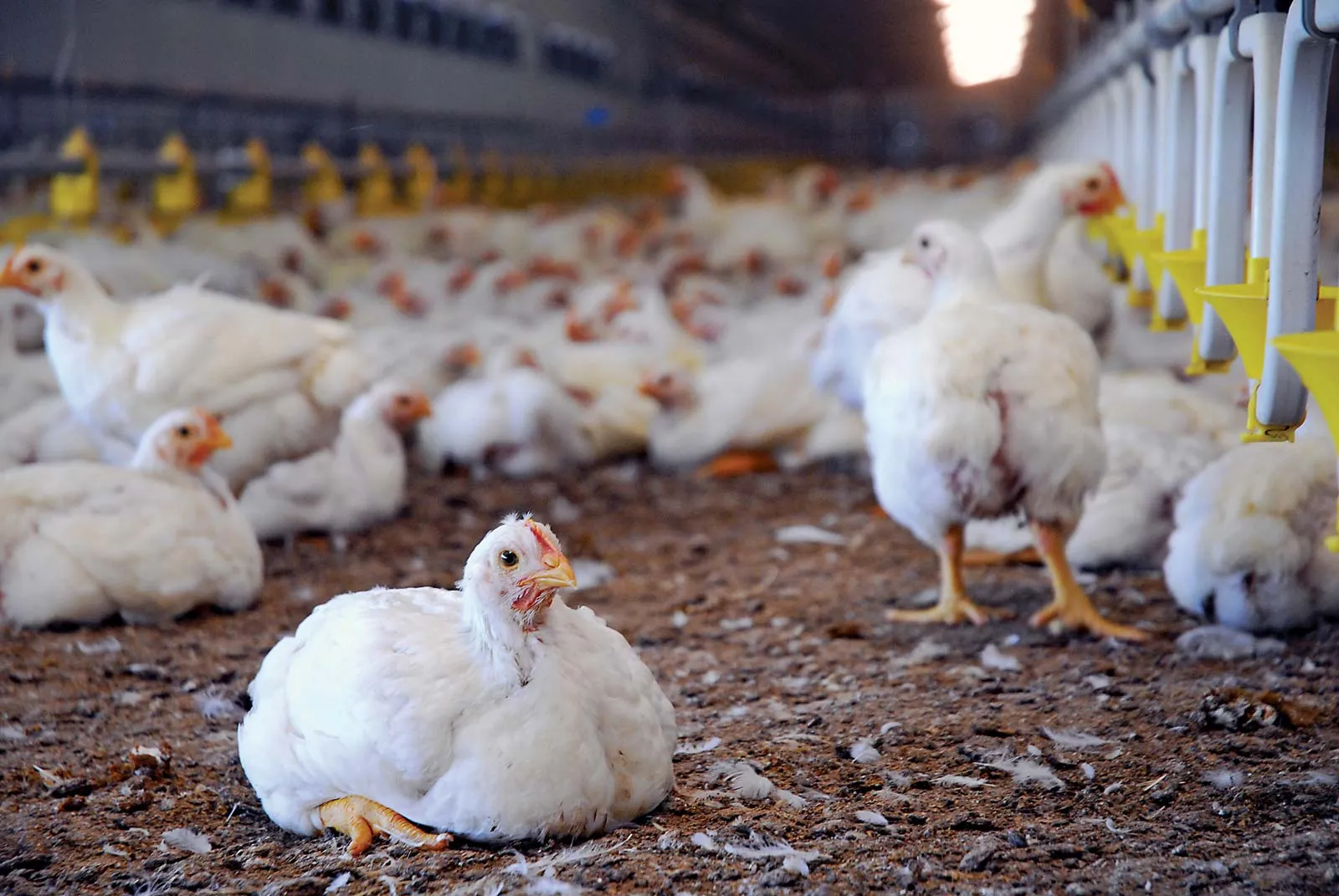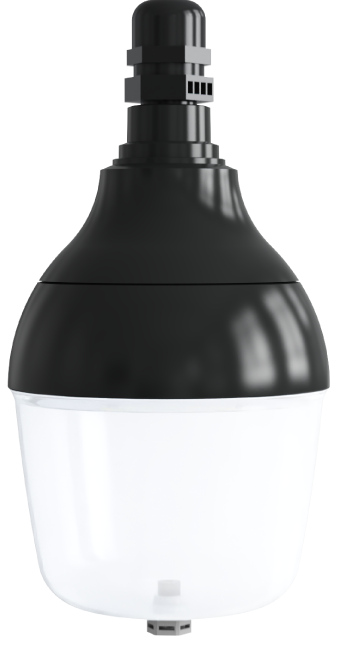Do Red Lights Help Chickens Lay Eggs
Do Red Lights Help Chickens Lay Eggs

1. Increased Egg Production
Earlier Sexual Maturity
Red light (630-660 nm) accelerates sexual maturity in hens by stimulating retinal photoreceptors, which activate the hypothalamic-pituitary-gonadal (HPG) axis. This triggers the release of reproductive hormones (e.g., FSH, LH), leading to earlier egg-laying onset (1-2 weeks sooner than under white/blue light). However, effects vary by breed.
Higher Egg Quantity
Long-term studies (18–60 weeks) show hens under red light produce 3-5% more eggs than those under blue or incandescent light. This is linked to enhanced hypothalamic activity and sustained reproductive hormone secretion. Red LEDs (660 nm) match traditional bulbs in maintaining egg production while reducing energy use by 60%.
2. Egg Quality Trade-offs
Smaller Egg Size
Red light consistently reduces egg weight by 2-3g (vs. white/green light), especially after 30 weeks. This may result from premature oxytocin release shortening yolk deposition time.
Shell Thickness
Red light improves shell thickness by 5-8% compared to blue/incandescent light, likely by upregulating calcium-binding proteins (CaBP-D28k). However, green light (560 nm) achieves 10-12% thicker shells via parathyroid hormone (PTH) modulation.
3. Behavioral and Welfare Impacts
Increased Feed Intake
Red light raises feed consumption by 5-7%, potentially due to reduced aggression (less feather pecking) and extended feeding periods. However, this may lower feed efficiency (FCR) if not managed.
Stress Reduction
Red light’s long wavelength (660 nm) minimally disrupts circadian rhythms compared to blue/short-wavelength light. It lowers corticosterone (stress hormone) levels and stabilizes melatonin rhythms, promoting flock calmness under 12L:12D cycles.
4. Practical Recommendations
Hybrid Lighting Systems
Combine red LEDs (660 nm, 10-15 lux) with green light (560 nm, 5 lux) to boost egg quantity and shell quality.
Avoid red light during pullet rearing (0-16 weeks) to prevent premature lay and small initial eggs.
Avoid in Broiler Breeders
Red light delays hatching synchronization in broiler breeders by disrupting embryonic circadian clocks. Use white/blue light instead.
Dynamic Lighting Programs
Adjust intensity: 30 lux (brooding) → 15 lux (laying phase).
Transition wavelengths: blue light (480 nm) for growth → red light (660 nm) for lay.
Red light (660 nm) enhances egg production but requires strategic management to offset smaller egg size and suboptimal shell quality. Combining spectral wavelengths, staged lighting programs, and breed-specific adjustments can maximize productivity and welfare.
5. Related Product

6. FAQ
Q: How does red light increase egg production?
A: Red light (630-660 nm) stimulates photoreceptors in chickens’ eyes, activating the hypothalamic-pituitary-gonadal (HPG) axis. This boosts reproductive hormones (FSH, LH) to accelerate sexual maturity and sustain egg-laying. Hens under red light typically start laying 1-2 weeks earlier and produce 3-5% more eggs long-term than those under blue/white light.
Q: Why do eggs under red light become smaller?
A: Prolonged red light exposure may prematurely elevate oxytocin, shortening yolk deposition time. This results in 2-3g lighter eggs after 30 weeks of age. Combining red light with green light (for calcium metabolism) can mitigate this.
Q: Does red light improve eggshell quality?
A: Red light moderately enhances shell thickness (5-8%) by upregulating calcium-binding proteins. However, green light (560 nm) is superior for shell strength (10-12% thicker) due to its effect on parathyroid hormone regulation.
Q: Does red light stress chickens?
A: No. Red light’s long wavelength minimally disrupts circadian rhythms. It reduces corticosterone (stress hormone) and stabilizes melatonin, promoting calmer behavior in flocks.
Q: Can red light be used for all chicken breeds?
A: No. Responses vary by breed.
Q: What’s the ideal red light schedule for layers?
A: Day length: 14-16 hours of light (e.g., 6 AM to 10 PM).
Intensity: 10-15 lux at bird level.
Wavelength: 660 nm (peak sensitivity for egg-laying stimulation).
Q: Does red light increase feed costs?
A: Yes. Hens under red light eat 5-7% more feed, but this can be offset by higher egg production. Monitor feed conversion ratios (FCR) to avoid waste.
